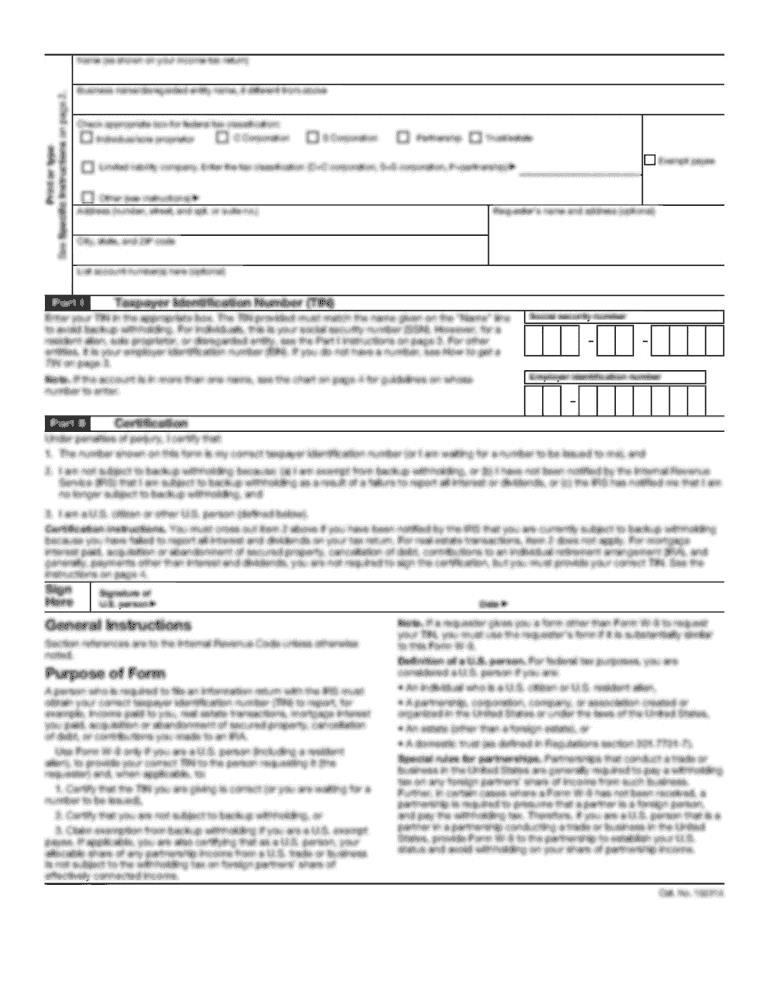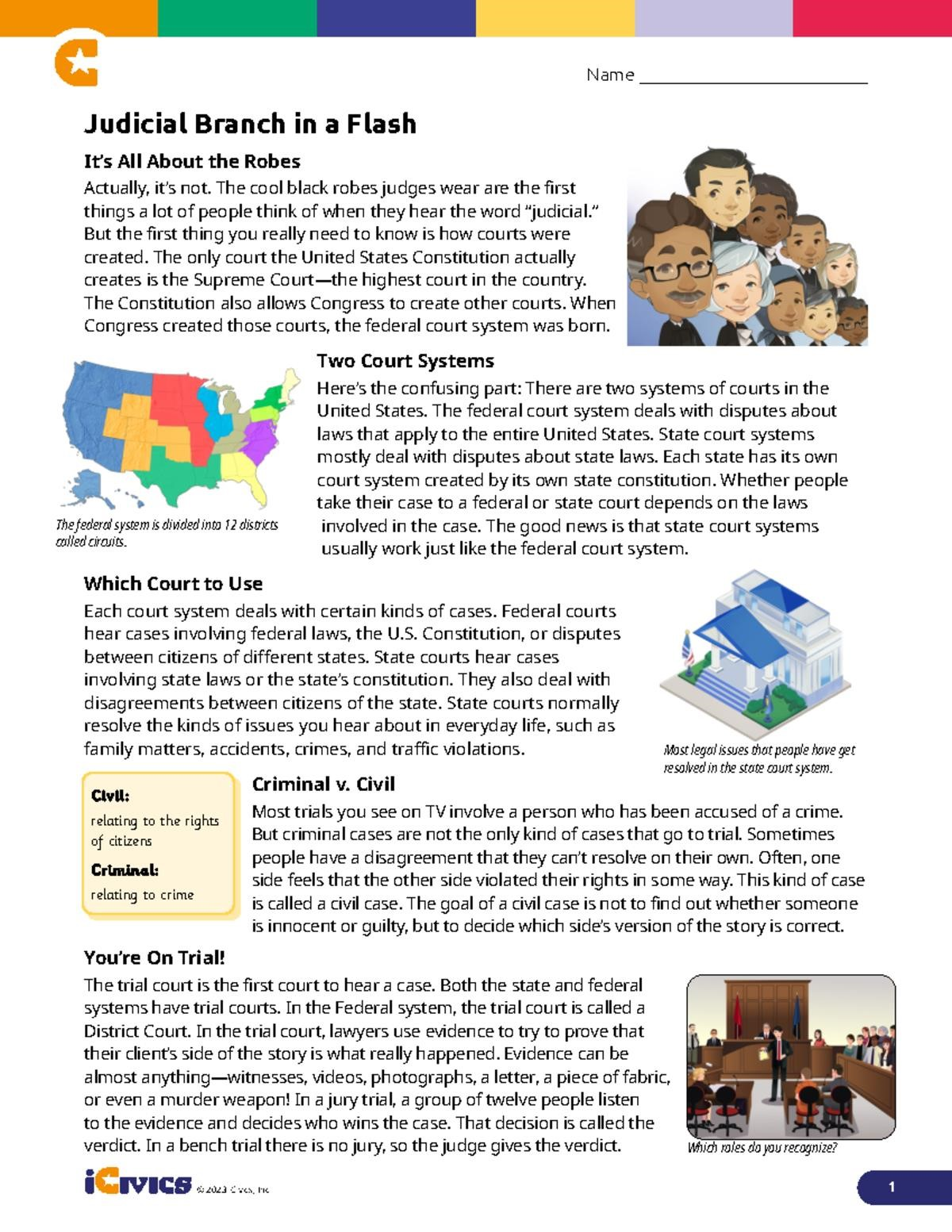Understanding the Judicial Branch
This section provides a concise overview of the judicial branch, its role in interpreting laws, and its interaction with other governmental branches. Explore the foundational principles of the judiciary and its significance in upholding the Constitution. Discover the structure of the federal and state court systems, highlighting key distinctions in jurisdiction and authority. Gain insights into landmark Supreme Court cases and their lasting impact on American jurisprudence.
The Role of the Judicial Branch in the U.S. Government
The U.S. judicial branch plays a crucial role in interpreting and applying the laws of the land. Its primary function is to ensure that laws passed by the legislative branch and actions taken by the executive branch align with the U.S. Constitution. This involves resolving legal disputes, both civil and criminal, and ensuring fair and impartial justice. Federal courts handle cases involving federal laws, treaties, and constitutional issues, while state courts address matters related to state laws. The Supreme Court, as the highest court in the land, has the final say on interpreting the Constitution and resolving conflicts between federal and state laws. Understanding the judicial branch’s role is essential to comprehending the balance of power within the U.S. government and the protection of individual rights.
Federal vs. State Courts⁚ Jurisdiction and Differences
The United States employs a dual court system, comprising federal and state courts. Federal courts handle cases involving federal laws, treaties, and constitutional issues, while state courts address matters governed by state laws. Jurisdiction, or the authority to hear a case, is a key distinction. Federal courts have exclusive jurisdiction over certain matters, such as bankruptcy and patent infringement, while state courts possess broad jurisdiction over most other legal issues. The Supreme Court acts as the ultimate arbiter, resolving conflicts between federal and state laws. Differences also exist in the structure and procedures of federal and state courts, reflecting the distinct legal frameworks they operate within. Understanding these differences is crucial for comprehending the complexities of the American legal system and the division of powers between federal and state governments.
The Structure of the Federal Court System
The U.S. federal court system is a three-tiered structure, designed to ensure efficient and fair adjudication of legal disputes. At the base are the district courts, the trial courts of the federal system. These courts hear both civil and criminal cases, encompassing a wide range of legal matters under federal jurisdiction. Above the district courts are the circuit courts of appeals, which function as appellate courts. These courts review decisions made by district courts within their respective circuits, ensuring consistent application of federal law and correcting any potential errors. At the apex of the federal court system stands the Supreme Court, the highest court in the land. It holds the ultimate authority in interpreting the Constitution and federal laws, shaping the direction of American jurisprudence through its landmark decisions. This hierarchical structure ensures a thorough review process, promoting justice and upholding the rule of law.

Key Concepts and Principles
This section delves into core tenets of the judicial branch⁚ judicial review’s power to interpret laws, the intricate system of checks and balances, and the lasting influence of significant Supreme Court cases. Understanding these principles is crucial for comprehending the judicial branch’s role in American governance.
Judicial Review and its Significance
Judicial review, the power of the courts to declare laws unconstitutional, is a cornerstone of the American judicial system. This pivotal concept, though not explicitly mentioned in the Constitution, emerged through landmark cases like Marbury v. Madison (1803). Chief Justice John Marshall’s decision established the Supreme Court’s authority to review laws passed by Congress and actions taken by the executive branch, ensuring their conformity with the Constitution. This power acts as a critical check on the other branches, preventing the enactment or enforcement of laws that violate constitutional rights or principles. The significance of judicial review lies in its ability to safeguard individual liberties, maintain the balance of power among the three branches of government, and uphold the rule of law. It allows the courts to interpret the Constitution’s meaning and adapt it to contemporary issues, ensuring its relevance across generations. Judicial review is a dynamic process, with ongoing debates about its scope and limitations, reflecting the evolving interpretation of constitutional principles. However, its role in shaping American jurisprudence and protecting fundamental rights remains undeniable. It’s a cornerstone of the checks and balances system, preventing any one branch from wielding excessive power. The ongoing evolution of judicial review highlights its adaptability to changing societal norms and values, solidifying its importance in the American legal and political landscape.
Checks and Balances within the Judicial Branch
While the judicial branch is designed to be independent, internal checks and balances exist to prevent the concentration of power and ensure fairness. The system of appeals allows higher courts to review decisions of lower courts, correcting errors and ensuring consistency in legal interpretations. This hierarchical structure, with the Supreme Court at its apex, prevents any single judge or court from having unchecked authority. Furthermore, the process of judicial selection, whether through appointment or election, involves various checks to ensure impartiality and competence. For example, Senate confirmation hearings for Supreme Court nominees provide a mechanism for scrutiny and public accountability. These hearings allow senators to assess a nominee’s qualifications, judicial philosophy, and overall suitability for the position. The process also allows for public input and debate, contributing to a more informed selection process. The principle of stare decisis, or precedent, guides judicial decision-making by requiring courts to follow established legal principles from previous cases. This promotes consistency and predictability in the application of the law, preventing arbitrary or capricious rulings. These internal mechanisms, along with external checks from the other branches of government, help ensure the judiciary’s accountability and prevent potential abuses of power. The combination of these factors ensures a degree of balance and oversight within the judicial system.
Landmark Supreme Court Cases and Their Impact
The Supreme Court’s interpretation of the Constitution shapes the legal landscape and societal norms. Landmark cases like Marbury v. Madison (1803) established the principle of judicial review, empowering the Court to declare laws unconstitutional. Brown v. Board of Education (1954) outlawed state-sponsored segregation in public schools, profoundly impacting racial equality. Miranda v. Arizona (1966) mandated that suspects be informed of their rights, protecting against self-incrimination. Roe v. Wade (1973) legalized abortion, sparking ongoing debate about reproductive rights. These decisions, along with others like Gideon v. Wainwright (1963) guaranteeing the right to counsel and Tinker v. Des Moines (1969) protecting student speech, illustrate the Court’s influence on fundamental rights and liberties. Analyzing these cases reveals how judicial interpretation evolves over time, reflecting societal shifts and evolving understandings of constitutional principles. Students should consider the context of each case, the arguments presented, and the long-term consequences of the Court’s rulings. Understanding these landmark decisions is crucial for comprehending the judiciary’s role in shaping American society and its ongoing dialogue with the other branches of government. Exploring the impact of these decisions fosters critical thinking about the interplay between law, politics, and social change.

Teaching Strategies and Resources
This section offers engaging lesson plans, adaptable materials, and online resources to effectively teach the judicial branch. Explore interactive games and activities designed to cater to various grade levels and learning styles, ensuring a comprehensive understanding of the subject matter.
Engaging Activities for Middle School Students
Captivate middle schoolers with interactive simulations! Transform your classroom into a mock courtroom, assigning students roles like judges, lawyers, and witnesses. Present age-appropriate case studies, focusing on relatable scenarios to enhance comprehension and engagement. Encourage lively debates centered on constitutional principles and the role of the judicial branch in society. Incorporate multimedia elements such as videos and podcasts to present information in a dynamic and accessible format. Consider incorporating creative projects, such as designing posters illustrating landmark Supreme Court cases or creating short plays dramatizing key judicial processes. Remember to adjust the complexity and content based on your students’ specific needs and abilities, ensuring that all students can actively participate and contribute. The goal is to foster critical thinking, problem-solving skills, and a deeper understanding of the judicial branch’s significance in upholding justice and fairness. Through these interactive and creative approaches, you can make learning about the judicial branch an enjoyable and enriching experience for your middle school students. Interactive online games and quizzes can also serve as supplementary tools to reinforce learning and make the process even more fun and engaging. These activities can be integrated into your lesson plan to provide a variety of learning experiences for your students.
Lesson Plans and Adaptable Materials for Various Grade Levels
Crafting effective lesson plans requires careful consideration of diverse learning styles and grade levels. For elementary students, utilize simplified explanations, engaging visuals, and interactive games to introduce fundamental concepts. Middle school lessons can incorporate more complex case studies and encourage critical thinking through debates and simulations. High school curricula should delve into the intricacies of judicial review, landmark cases, and the historical context of the judiciary. Adaptable materials, such as worksheets, presentations, and online resources, are crucial for catering to individual learning paces and preferences. Employ a variety of teaching methods, including lectures, discussions, group activities, and independent research projects, to keep students actively involved. Incorporate real-world examples and current events to demonstrate the relevance of the judicial branch to students’ lives. Ensure accessibility by providing diverse learning materials and support for students with different learning needs. Regularly assess student understanding through quizzes, tests, and projects, adjusting instruction as needed to ensure effective learning. Remember that flexibility and adaptability are key to successful teaching, allowing you to tailor your approach to meet the unique needs of each student and grade level. By providing a diverse range of resources and teaching methods, you can create a comprehensive and engaging learning experience for all students.
Utilizing Online Resources and Interactive Games
Incorporating online resources and interactive games significantly enhances the learning experience when teaching about the judicial branch. Websites like iCivics offer engaging simulations and games that allow students to actively participate in the judicial process, making abstract concepts more concrete and relatable. The Judicial Learning Center provides lesson plans, activities, and resources specifically designed to teach students about the judicial branch at various grade levels. These resources often include interactive elements, such as quizzes, videos, and case studies, catering to diverse learning styles. Utilizing online encyclopedias and legal databases allows students to access comprehensive information about landmark Supreme Court cases and legal principles, fostering deeper understanding. Interactive timelines and maps can visually represent the historical development and geographical distribution of the court system. Educational videos, available on platforms like YouTube, provide engaging explanations of complex legal concepts in an easily digestible format. Online games focused on civics and government can reinforce learning in a fun and interactive manner, making the study of the judicial branch more enjoyable. Remember to critically evaluate online resources for accuracy and reliability before incorporating them into your lesson plans. By strategically integrating these digital tools, you can create a dynamic and engaging learning environment that caters to different learning preferences and promotes a deeper understanding of the judicial branch.
